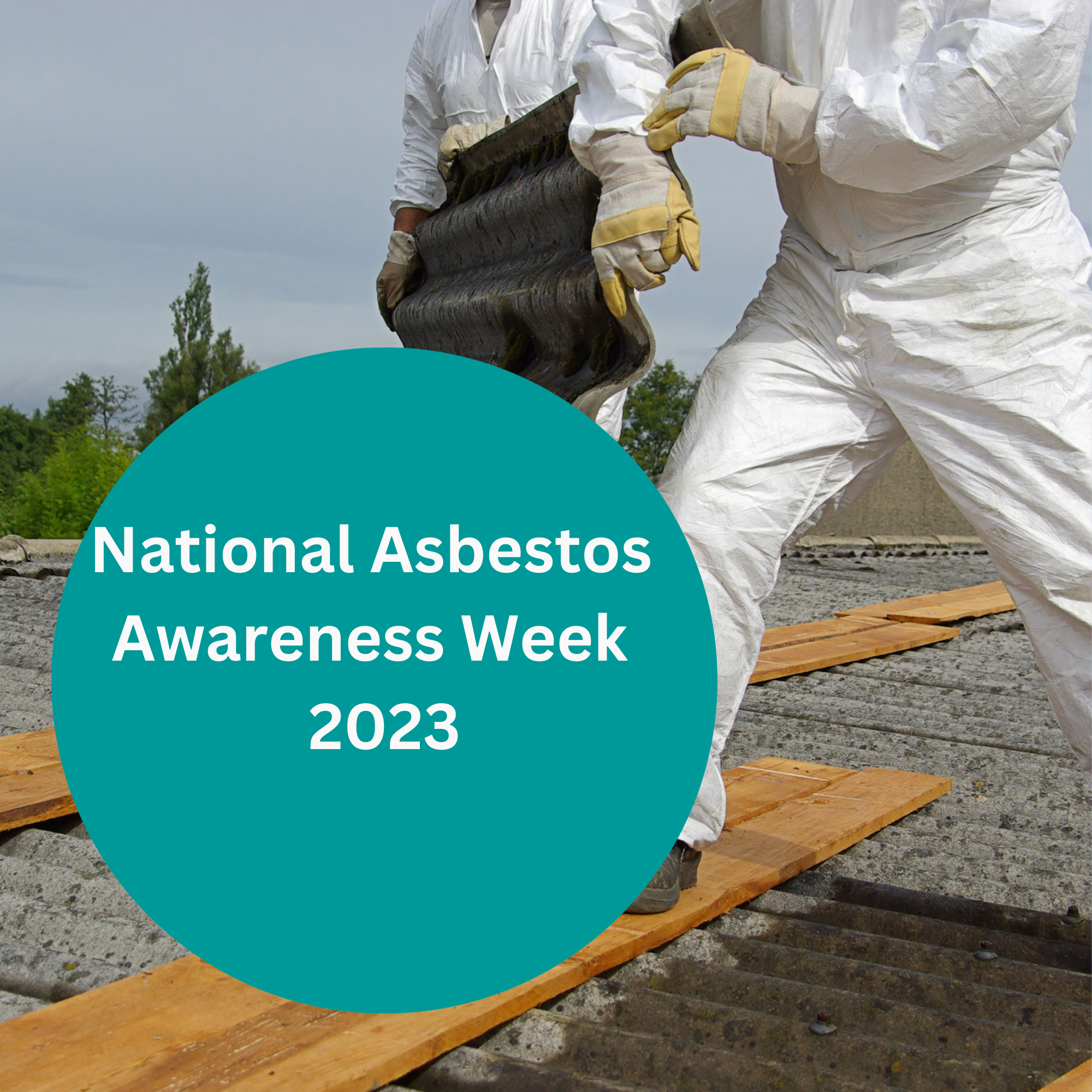National Asbestos Awareness Week 2023
Published on Posted onNational Asbestos Awareness Week 2023 runs from the 20th to the 26th of November. It is a week where we raise awareness for the very real risks the Australian public still face with Asbestos and its related diseases. This National Asbestos Awareness Week marks the 20-year anniversary since Asbestos was completely banned in Australia. Throughout this week, we will reflect on the progress that has occurred since the ban, but also highlight the threats asbestos can still pose to us today.
What is Asbestos?
Asbestos is a group of extremely fibrous natural minerals that were commonly used in the manufacturing industry and construction of buildings prior to 1990. In fact, about one in three Australians homes today contain asbestos. It was also commonly used in the automotive industry.
Asbestos Then
Asbestos has been prominent in Australian society from the 19th century all the way to this day in 2023. Asbestos was a major Australian industry, with mining and manufacturing of the mineral beginning in 1880. It is estimated that 1.5 million tonnes of asbestos were imported between the years 1930 and 1983.
The promise of this discovered mineral meant a versatile material that could be used to manufacture an array of items used for construction. The mineral was considered so valuable due to it being durable, heat resistant, fireproof, cheap and easily accessible.
Asbestos – containing materials could be found in the following materials including:
- Cement
- Roofing Felt
- Floor Tiles
- Heat Resistant Fabrics
- Clothing
- Walls
- Fencing
- Sheds
By the 1950’s 25 percent of all new Australian houses (50 percent of those in New South Wales and Western Australia) had been built with asbestos cement sheeting and considered highest countries in the world in consumption of asbestos products. According to Australia’s Asbestos Safety and Eradication Agency, one third of all homes contain asbestos materials with homes built before 1990 being very likely to contain these products.
The first wave of asbestos – related diseases came from those who worked in the mining industry. With mill workers in Western Australia and New South Wales who had heavy exposure to the fibres contracting diseases such as asbestosis, lung cancer and mesothelioma.
Asbestos Now
Fast forward to today, nearly 20 years since the total ban on the manufacture, supply, use, reuse, import, transport, storage, and sale of Asbestos. While the active use is prohibited, its ramifications can still be seen. Asbestos remains in our built environment. It remains in the bodies of those exposed to it, resulting in various related diseases emerging, such as mesothelioma, even decades after the initial exposure. Those who currently renovate older houses can be at risk to as fences, panels, roofs, carpets, and tiles are stripped back. Natural events, such as storms or bushfires can also result in dissemination of asbestos fibres.
Asbestos presents a very real health risk if:
- You renovate without first finding out if your home contains asbestos.
- If you don’t use asbestos professionals to make it safe or remove it.
- If you work with asbestos material without undergoing the required specialist training.
- If you work with asbestos material without the proper personal protective equipment and don’t follow safe practice.
- If you was clothes of someone exposed to asbestos
Simple steps to make sure you are safe:
- Know where asbestos could be in your home. If in doubt, get the product tested, you should assume it is asbestos.
- Plan to prevent disturbing and releasing asbestos fibres.
- Engage a licensed asbestos removalist when undertaking major home renovations or demolitions.
Asbestos Related Diseases
Despite the fact it is no longer in use, the effects of the mineral are sadly still very prevalent. It is estimated that 4,000 Australians still die each year from asbestos related diseases.
These diseases include:
- Asbestosis
- Lung Cancer
- Mesothelioma
- Asbestos related pleural diseases (ARPDs)
Diseases like these form a large portion of occupational disease compensation claims and asbestos disease compensation claims to date. And with a new wave of exposure to asbestos from keen DIY home renovators, it seems claims for asbestos disease compensation will continue.
The Way Forward
As we continue into the future, it is important that we recognize the dangers Asbestos still has in the current Australian landscape. The efforts of the Trade Unions and non – governmental organisations that pushed for the ban are continuing the same fight today with Engineered Stone and its link to a new wave of disease in Silicosis. You can find further reading on these matters below and if you, or a person you know has been diagnosed with an asbestos – related disease, you may be entitled to compensation.
You can find more blogs related to this topic below:


